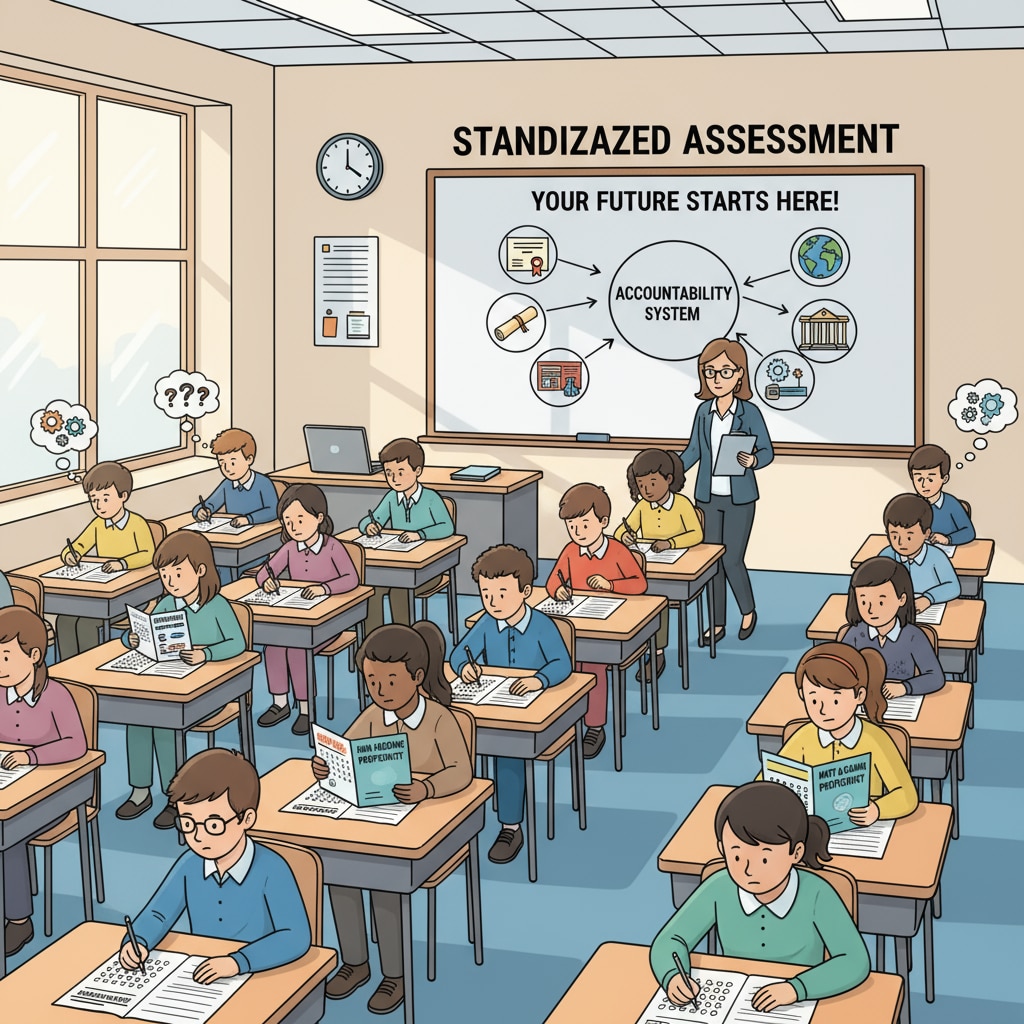Education policy, accountability system, and school management are integral components of the educational landscape. In the United States, the evolution of the education accountability system has been a significant force in reshaping the relationship between schools and the community. Since 1983, this system has undergone remarkable changes, altering the power dynamics and interaction models among teachers, school administrators, and community members.

The Genesis of Accountability: “A Nation at Risk”
In 1983, the publication of “A Nation at Risk” by the National Commission on Excellence in Education sent shockwaves through the US education system. This report highlighted the decline in educational quality, suggesting that the nation was at risk due to a poorly performing education system. As a result, it set in motion a series of reforms aimed at increasing accountability. For example, it emphasized the need for clear standards and measurements in education, which became the foundation for future accountability efforts. This was a turning point as it started to shift the focus from a more laissez-faire approach to one that demanded greater responsibility from schools and educators. A Nation at Risk on Wikipedia
The Era of “No Child Left Behind”
The “No Child Left Behind” (NCLB) Act of 2001 further revolutionized the education accountability system. NCLB aimed to ensure that all students, regardless of their background, achieved proficiency in reading and math by 2014. This led to a more standardized approach to education, with annual testing and strict performance targets. Schools that failed to meet these targets faced consequences, such as restructuring or loss of funding. This policy not only increased the pressure on schools but also brought the community more closely into the education process. Parents became more involved as they wanted to ensure their children’s schools were meeting the requirements. No Child Left Behind Act on Britannica

The impact of these accountability measures on the power relations was significant. Teachers now had to adhere to strict curricula and testing requirements, reducing their autonomy in some aspects. School administrators were under greater pressure to ensure school-wide performance. At the same time, the community became more empowered as they could hold schools accountable based on publicly available data. However, this also led to some negative consequences. For example, some schools focused too much on test scores, neglecting other aspects of education.
Readability guidance: The evolution of the education accountability system in the US shows a complex interplay between education policy, accountability, and school management. From the initial wake-up call of “A Nation at Risk” to the far-reaching reforms of “No Child Left Behind,” these policies have reshaped the relationship between schools and the community. While they have increased transparency and community involvement, they have also presented challenges that need to be addressed in future educational reforms.


